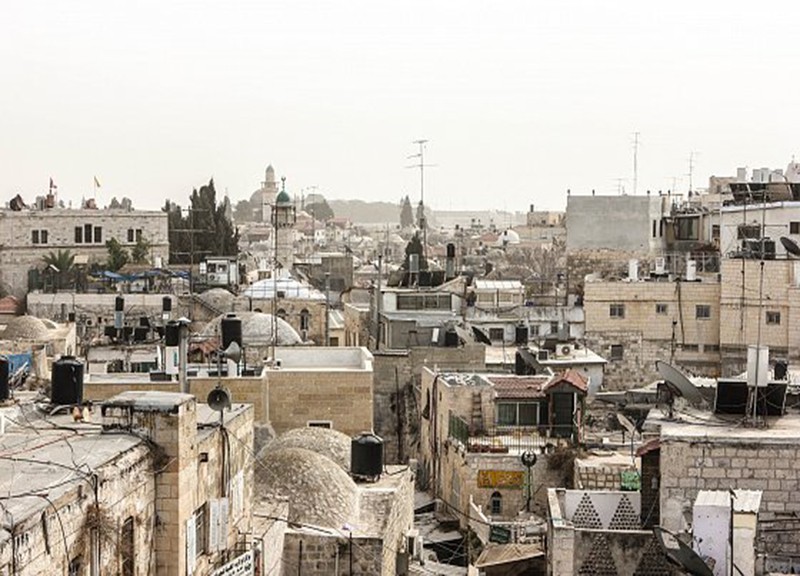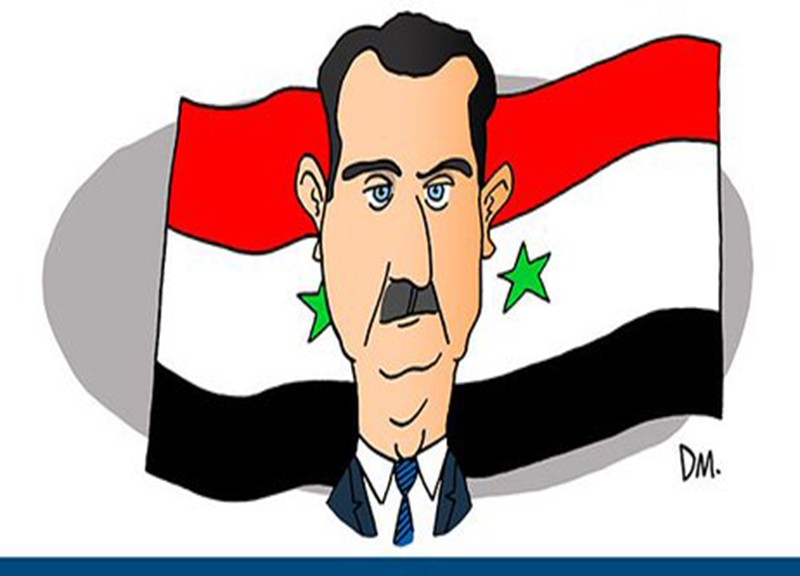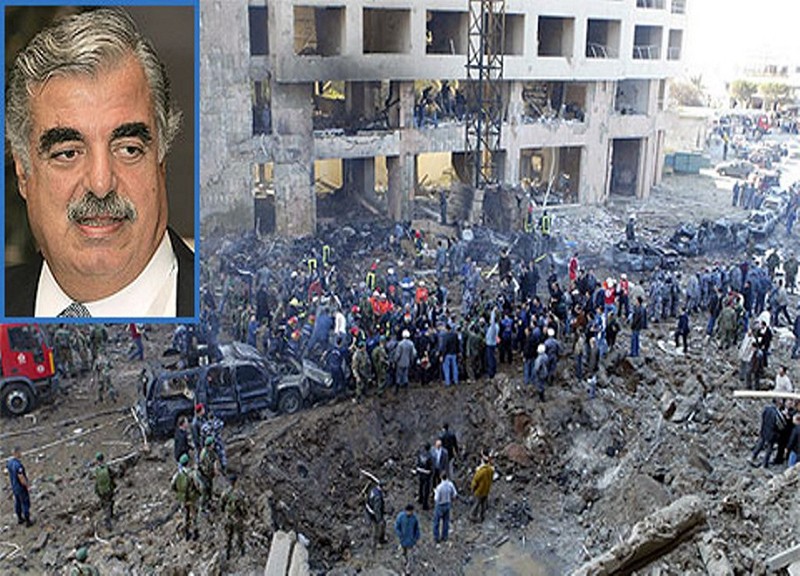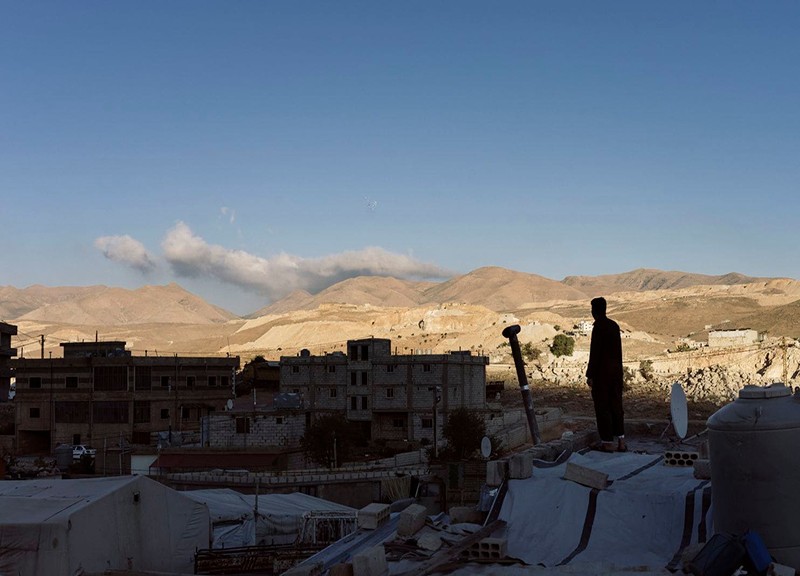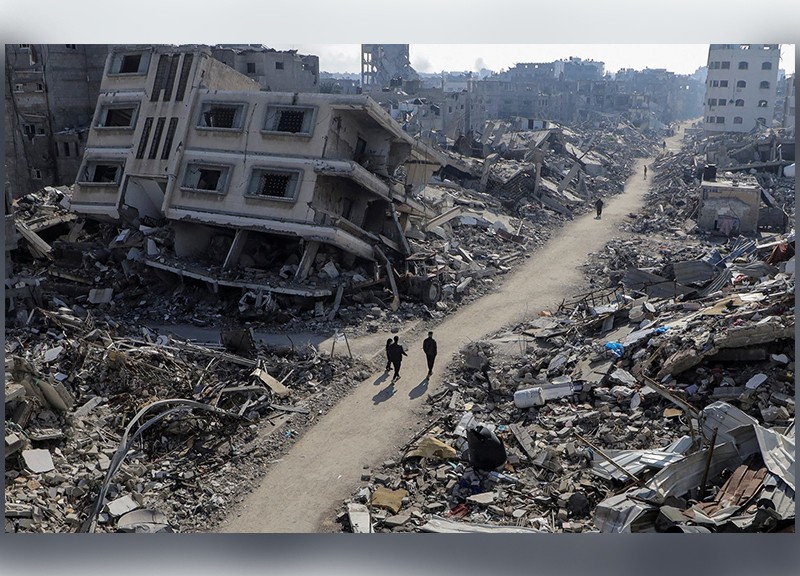
On the run, Yahya Sinwar is betting the militant Islamists can achieve a political victory by surviving Israel’s onslaught
Palestinians walk past destroyed houses in the Gaza Strip’s Jabalia refugee camp.
By Marcus Walker, Anat Peled and Summer Said, WSJ
Senior members of Hamas’s leadership in exile met in Doha, Qatar, earlier this month amid concerns that its fighters were getting mauled by an Israeli offensive in the Gaza Strip. Enemy troops were killing dozens of militants each day as they methodically overran Hamas strongholds.
Then a courier arrived with a message from Yahya Sinwar, the head of Hamas in Gaza, saying, in effect: Don’t worry, we have the Israelis right where we want them.
Hamas’s fighters, the Al-Qassam Brigades, were doing fine, the upbeat message said. The militants were ready for Israel’s expected assault on Rafah, a city on Gaza’s southern edge. High civilian casualties would add to the worldwide pressure on Israel to stop the war, Sinwar’s message said, according to people informed about the meeting.
Hamas’s military wing in Gaza is waging an unequal fight with the strongest military in the Middle East—a war brought on by the U.S.- designated terrorist group’s Oct.7 attack on Israel. But Sinwar, the mastermind of that attack and one of Israel’s prime targets, is playing a different game. His goal is for Hamas to emerge from the rubble of Gaza after the war, declare a historic victory by outlasting Israel’s firepower, and claim the leadership of the Palestinian cause.
The militants, commanded day-to-day by Sinwar’s brother Mohammed, have changed their tactics since a short cease-fire in November. Hamas fighters are now trying to avoid large firefighter and instead use small-scale ambushes—using tools ranging from rocket-propelled grenades to recorded voices of hostages to lure Israeli troops into traps.
‘Whack-a-mole’
The ambushes have little chance of holding territory against Israel’s armored maneuvers.But They’re tailored to Hamas’s limited capabilities, and to Sinwar’s war aim.
“It’s a very sound tactical logic,” said Eyal Berelovich, a civilian analyst for Israel’s armed forces and a military historian at Jerusalem Hebrew University. “Their strategic oal is to survive.”
Many in Israel’s military, from senior commanders to ordinary soldiers who spoke to The Wall Street Journal, worry that their accumulation of tactical wins on the battle field might not add up to a lasting strategic victory. After nearly five months of intense fighting, Israel is still far from its declared war aim of eliminating Hamas as a significant military and political entity.
“Fighting the enemy is like a game of whack-a-mole,”and and said an Israeli reservist in Khan Younis with the 98th Division. He said many soldiers sense the lack of a plan and wonder what their efforts are for. "It will be very hard to destroy Hamas."
Israeli Prime Minister Benjamin Netanyahu has promised a "total victory" that annihilates the radical Islamist group. Israel's military defines its mission more cautiously: to reduce Hamas's capabilities to a level where the group can never again launch an attack like Oct. 7.
But many in Israel's military believe the government's reluctance to flesh out a plan for who should govern Gaza after Hamas is leaving a political vacuum that could help Hamas to grow back.
Civilian toll
Gaza's civilians continue to bear the brunt of the war. More than 30,000 residents of the enclave have been killed in Israel's invasion, mostly women and children, according to Palestinian health authorities, whose numbers don't otherwise distinguish between militants and civilians.
Hamas leaders in Gaza have told Egyptian officials and the group's political wing in exile that the Al-Qassam Brigades have lost at least 6.000 men killed, out of an estimated 30,000 fighters before the war. Israel says it has killed about 12,000 Hamas militants in Gaza so far, plus about an- other 1,000 during the fight- ing in Israel on Oct. 7.
U.S. and Egyptian intelligence officials believe the true losses are roughly in the middle between the Israeli and Hamas claims. Military analysts say Hamas can recruit new fighters to replace its rank-and-file soldiers, but that replacing experienced commanders is more difficult.
Israeli losses
Israel has so far lost 242 soldiers killed in Gaza, in addition to over 300 killed on Oct. 7.
Degrading Hamas's capabilities is a realistic goal for Israel's military, said Hussein Ibish, a scholar at the Arab Gulf States Institute, a think tank in Washington. But sustaining it would require fully occupying Gaza, which would give Hamas a target for a never-ending insurgency, he said. "Recent history shows that you can be an effective insurgency on a shoestring," said Ibish. "Anyone can make an IED," or homemade bomb, he said. "It's easy to get a pistol. If you're willing to die, you can kill soldiers."
Which side achieves its broader goal depends in part on the war of narratives. Israelis see the war in Gaza as necessary self-defense after Hamas's gruesome killing of about 1,200 people in southern Israel on Oct. 7, the bloodiest day in the country's history.
But the deepening humanitarian crisis and the scale of destruction in Gaza have strained Israel's relations with countries around the world, including with its closest ally, the U.S. President Biden recently called Israel's use of firepower "over the top."
Changing tactics
Israel is betting that its military can do enough physical damage to Hamas to win security for itself, outweighing the diplomatic cost of worldwide opprobrium.
Hamas is betting that it can evade the Israelis' best efforts to crush it, allowing it to regenerate and claim a political victory.
"We brought the Palestinian cause to the forefront. We have changed the status quo," Sinwar said in a message delivered to Egyptian officials soon after Oct. 7.
Sinwar and other Hamas leaders initially hoped to trigger a wider war against Israel in the Middle East. But Hamas's main allies Hezbollah and Iran didn't want an all-out conflict, leaving Hamas to face Israel's invasion of Gaza mostly alone.
Early on, Hamas often sought to attack Israeli troops with platoon-sized groups of up to 30 men, according to Israeli officers and military analysts.
In densely built neighborhoods of Gaza City, teams of Hamas fighters carried out co-ordinated attacks. One group would try to block an advancing Israeli unit. Another group would attack it from the flank.
The militants would try to inflict casualties, then disappear into ruined buildings or the maze of tunnels beneath the enclave. But such actions led to heavy losses of Hamas fighters and commanders. Hamas drew lessons during the November pause, said Israeli commanders and analysts. It shifted to hit-and-run attacks by tiny groups of two or three men, sometimes just one individual.
The new guerrilla tactics were observed throughout the Gaza Strip, said Berelovich, in- dicating that at that time, Hamas still had a functioning command-and-communica- tions structure in the enclave.
The shift has reduced Hamas's losses, but also the number of Israelis they are able to kill and wound. "The change in their tactics indicates that their need to survive has outgrown their need to coerce Israel," said Berelovich.
Ambushes usually involve a rocket-propelled grenade, especially the Al-Yassin 105 round fired from a shoulder-held launcher, which Hamas developed from a Russian design. One fighter fires the RPG, a second man bears an AK-47 automatic rifle, and a third man wields a video camera for social media.
The grenades usually do only limited damage to Israel's heavily armored Merkava tanks, but can be effective against less-protected vehicles as well as soldiers on foot, said Guy Aviad, a researcher on Hamas and former Israeli officer.
Other Hamas ambushes use so-called sticky bombs, improvised explosives that attach themselves to Israeli armored vehicles with magnets or duct tape.
Hamas also tries to kill Is raeli troops by putting booby traps in buildings throughout Gaza. Early on the explosives were placed around the buildings' entrances. The Israelis soon stopped using the front door, instead blasting or bulldozing their way through the walls of a house. Hamas has adapted, placing explosive traps in items inside buildings, from gas storage balloons to children's' toys, Israeli soldiers said.
Two grenades
In some places, Hamas has tried to lure Israeli soldiers into traps by planting explosives in items belonging to Israeli hostages taken on Oct. 7.
The commander of an Israeli unit tasked with reaching and evacuating wounded soldiers recalled an incident when soldiers found a bag bearing Hebrew writing that belonged to a resident of Kibbutz Be'eri in southern Israel. Peering carefully inside the bag, the soldiers saw two grenades primed to go off if the bag was picked up, the commander said.
In other cases, Hamas used voice recordings of hostages begging for help in Hebrew to try to draw soldiers into an ambush. Near the Al-Shifa Hospital in Gaza City, a recording of Israeli voices played for several days over loudspeakers, recalled an Israeli infantryman who fought there late last year. "Please help me, please help me," the voice said in Hebrew, followed by different voices speaking English with an Israeli accent, and the voice of a child. "It sounded real. It was so very eerie," he said.
When Israeli forces first heard such voices, they sent men to check whether hos tages were really present, resulting in ambushes and some injuries, the infantryman said. The troops soon switched to using robots to investigate the source of the sound.
In the battle for Khan Younis, the biggest city in southern Gaza, Israel's massive forces have dominated the ground and the air.
"Once they go overground, they're no big challenge. The challenge is to flush them out from underground," said Brig. Gen. Dan Goldfus, commander of the Israeli 98th Division, which is fighting in Khan Younis.
But the Israelis have made only partial progress in finding and destroying Hamas's vast tunnel network.
Israeli officials now estimate that Hamas built around 350 miles of tunnels under Gaza, which is less than 30 miles long and up to 8 miles wide. There are thought to be several hundred tunnels under Khan Younis alone, which occupies an area roughly the size of the Bronx in New York.
Sinwar himself was believed for some time to be hiding in the tunnels under his hometown of Khan Younis, surrounding himself with hostages, but Israeli officials are no longer sure. Israel has made it a priority to kill or capture the 61-year-old militant, who spent 22 years in Israeli prison.
Ready to die
Israeli analysts say Sinwar is ready to die for his cause, confident that Hamas will carry on. Some Egyptian intelligence officials, who like Hamas's political leadership in exile have received bullish messages from Sinwar about the war, think he has lost touch with reality while hiding underground for months.
The scale of Hamas's tunnel network distinguishes the fighting in Gaza from any other battles between regular forces and Islamist militant groups in recent history, say military analysts.
Hamas uses the tunnels as military headquarters, to maneuver across the enclave's cities, protect its leaders, hide Israeli and other hostages, manufacture weapons and conduct hit-and-run attacks. "Until you take all of this away from Hamas you won't be able to beat it," said Aviad.







